NCN 5 Stoke-on-Trent to Chester
The Shropshire Canal, Lawton-Gate
Ride overview
From ceramics to salt, stage five of the NCN Route 5 is a ride through innovation, science, art and culture. There are any number of museums along the route, explaining the processes involved as well as showcasing the results in two of Britain’s most important industries. The pedalling is largely flat and much of it beside canals which transported the salt and potteries to cities and ports around the UK. Along the pleasant and unchallenging route, you can expect a mix of present and former industrial sites, as well as miles of gentle green fields, canals, and hedges with all the wildlife that goes with them. And if you needed more animation, you ride through Chester zoo on your way into the city.
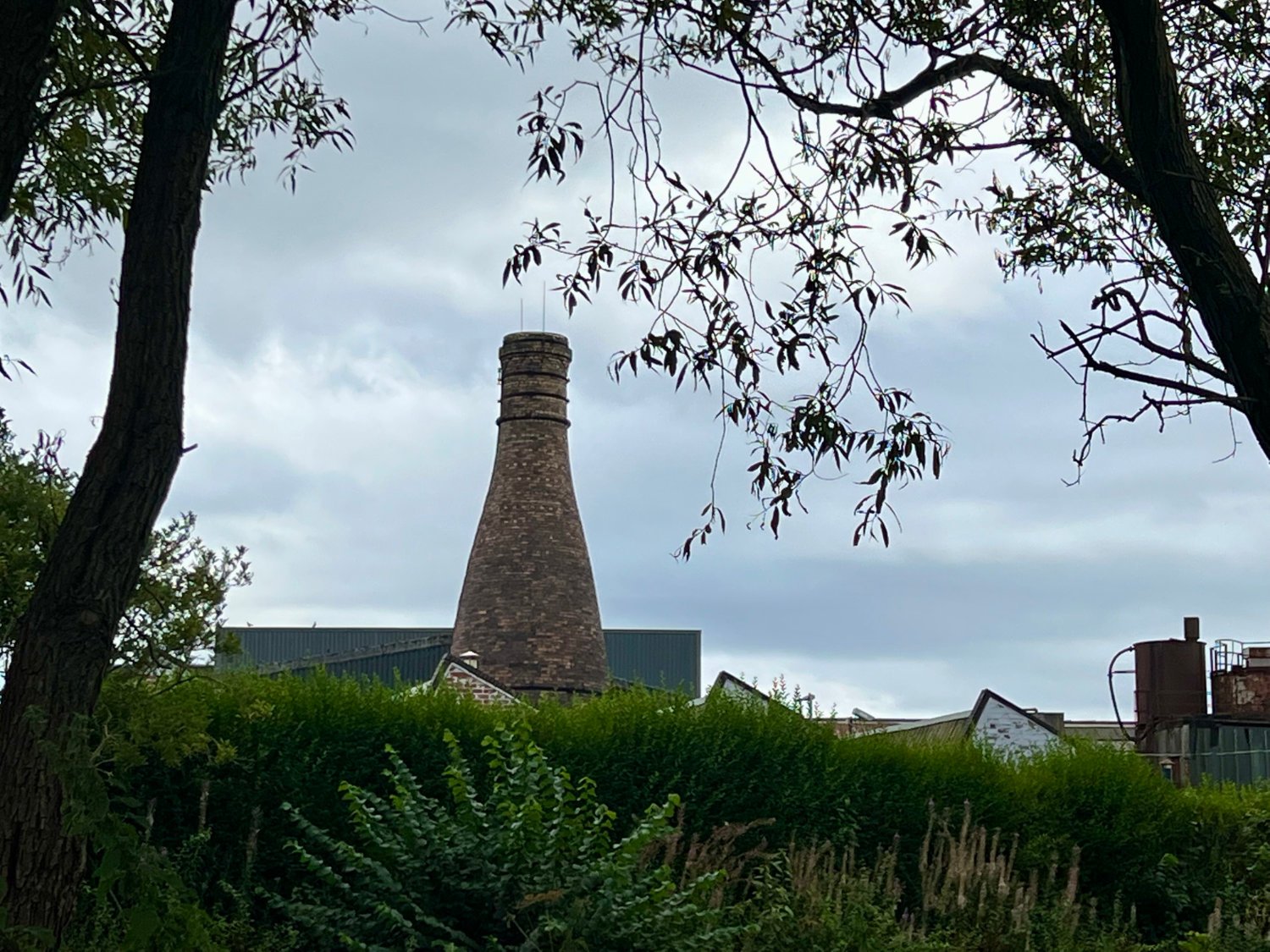
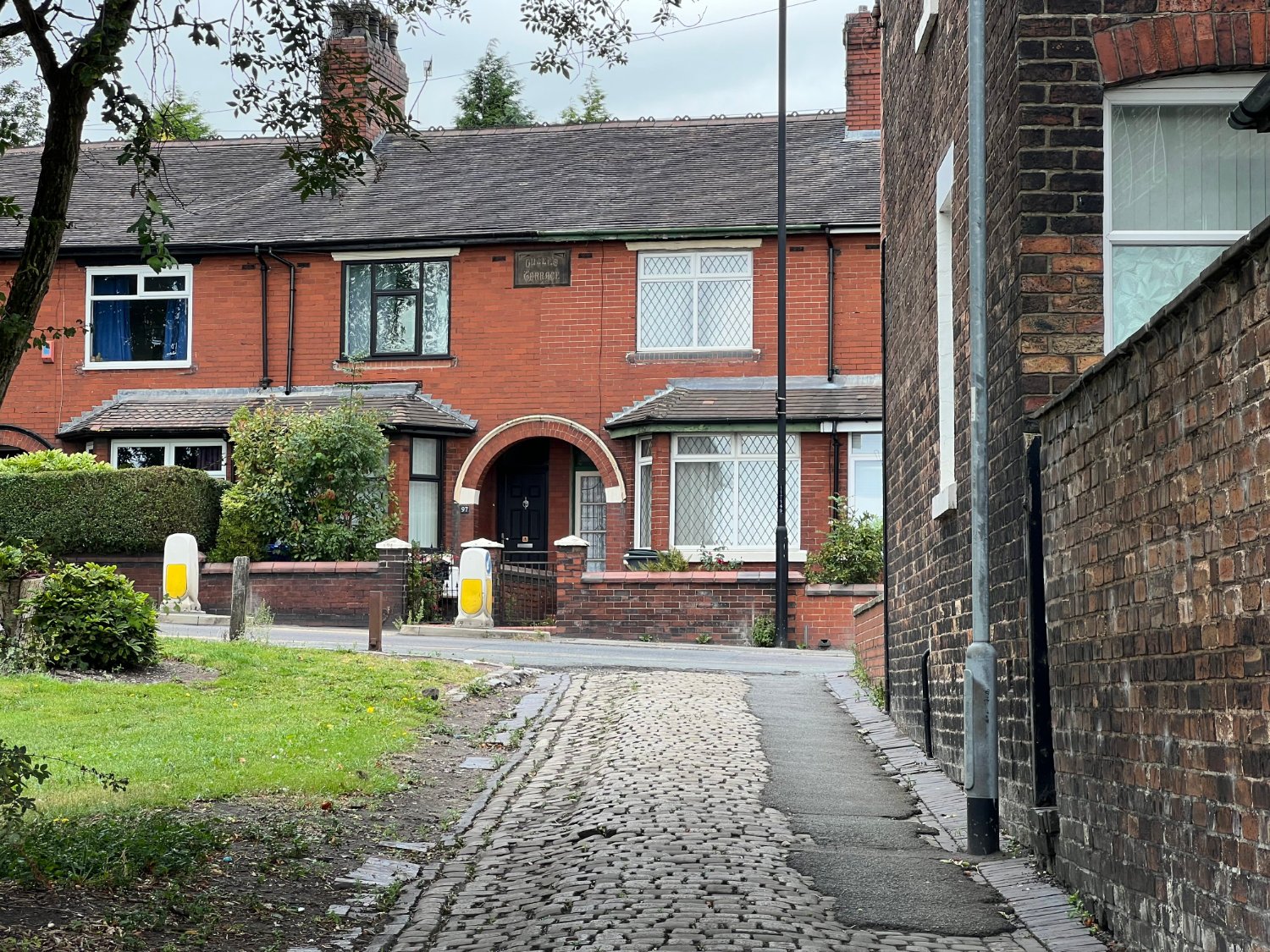
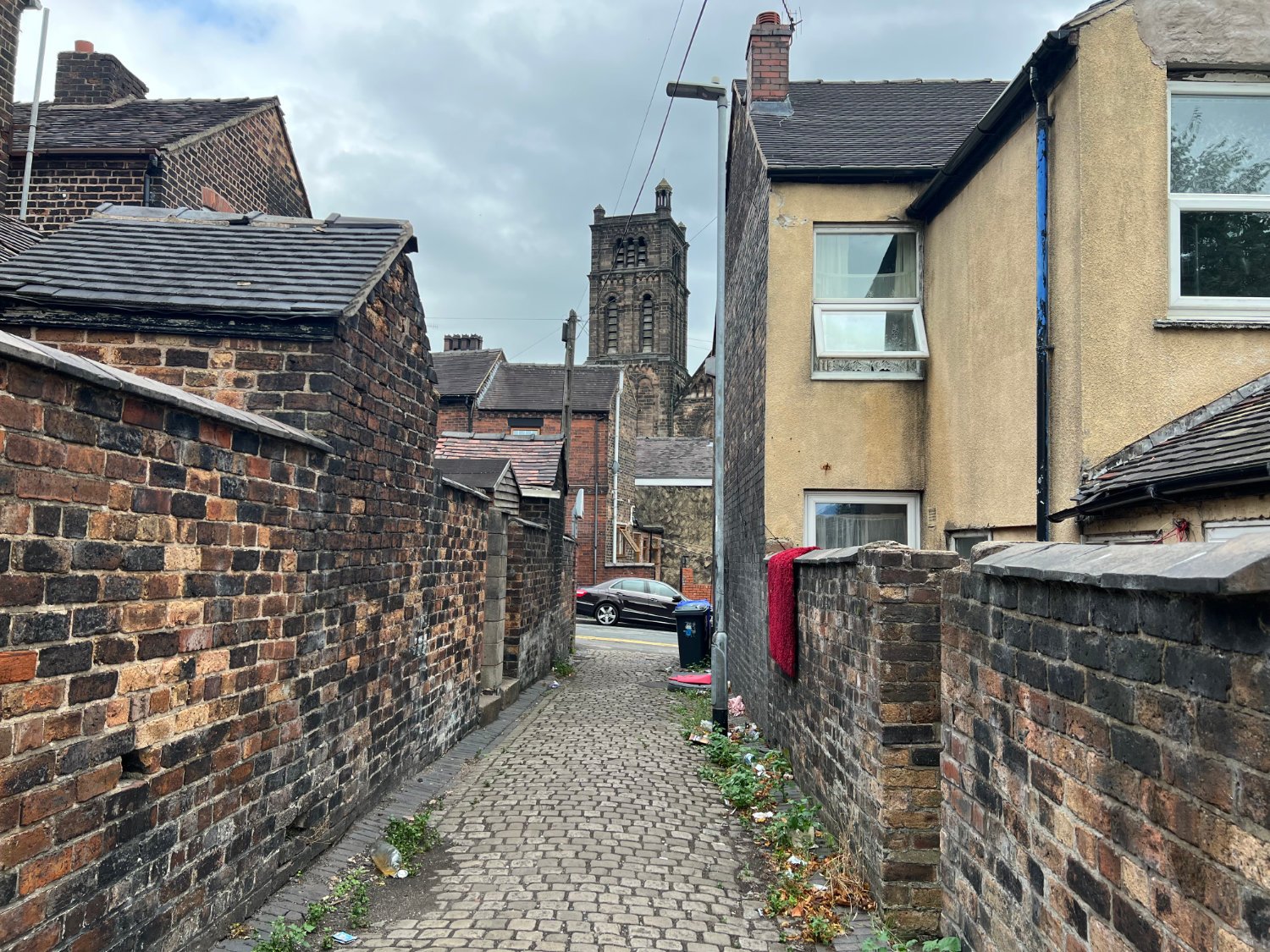
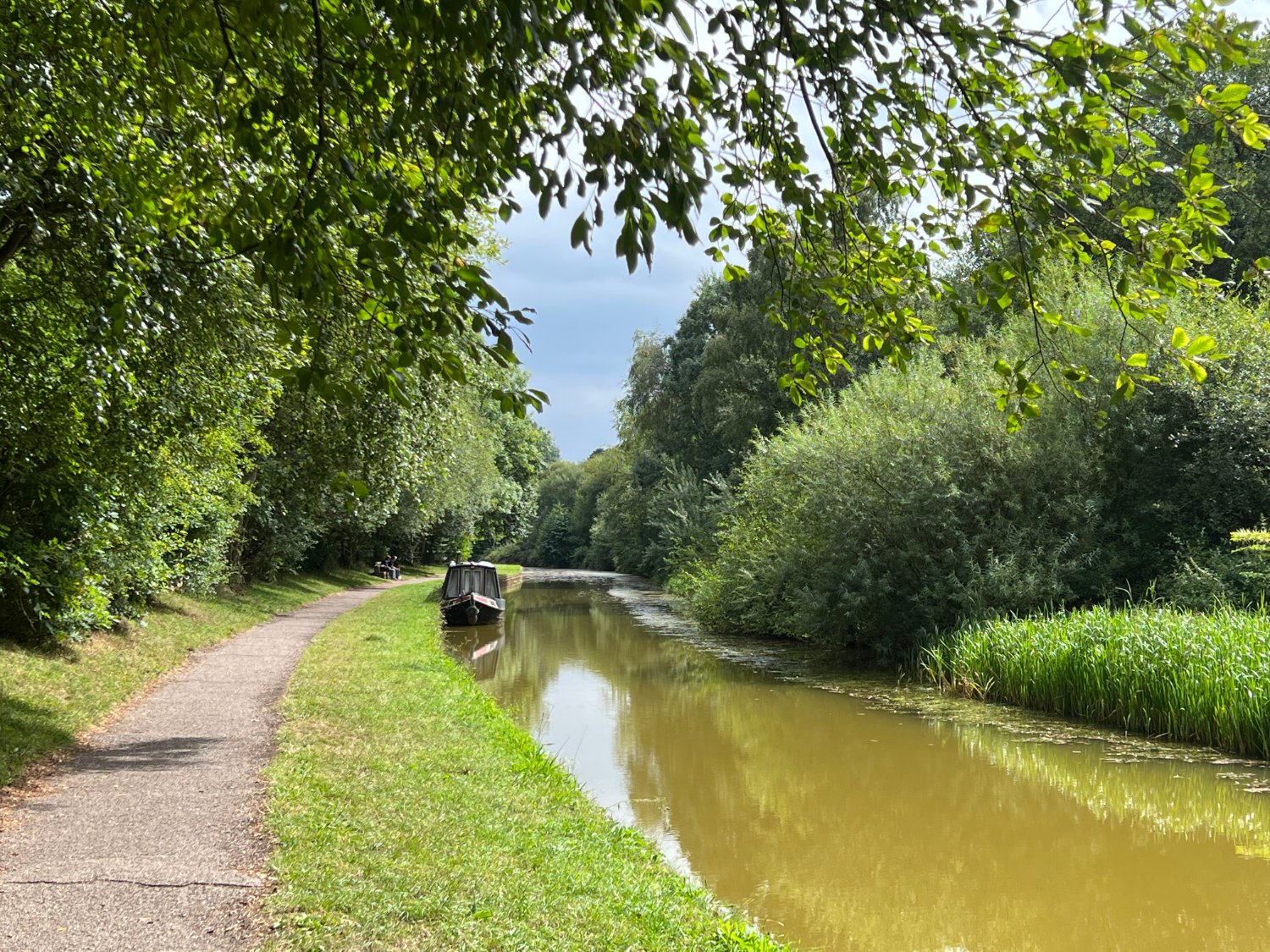
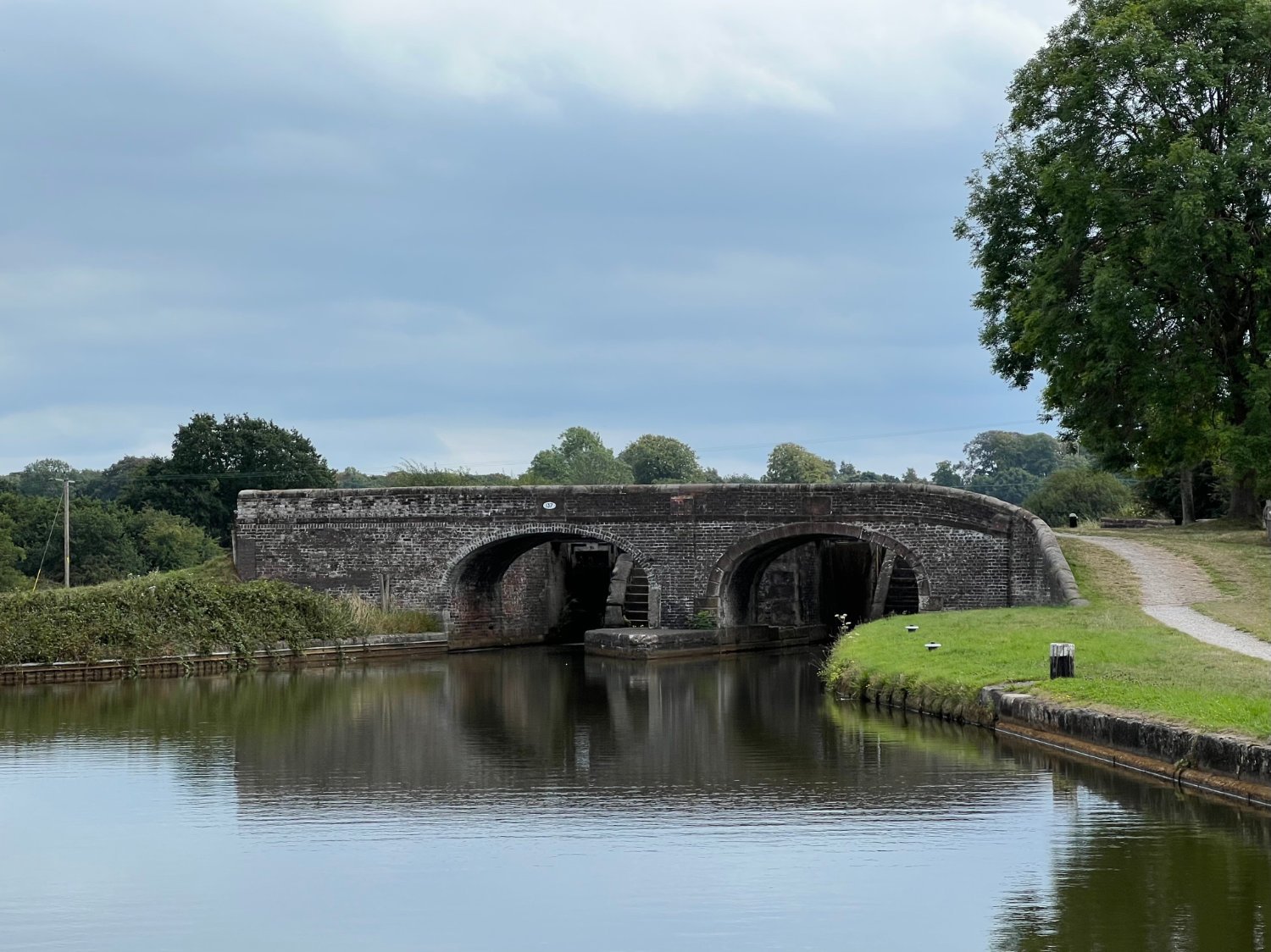
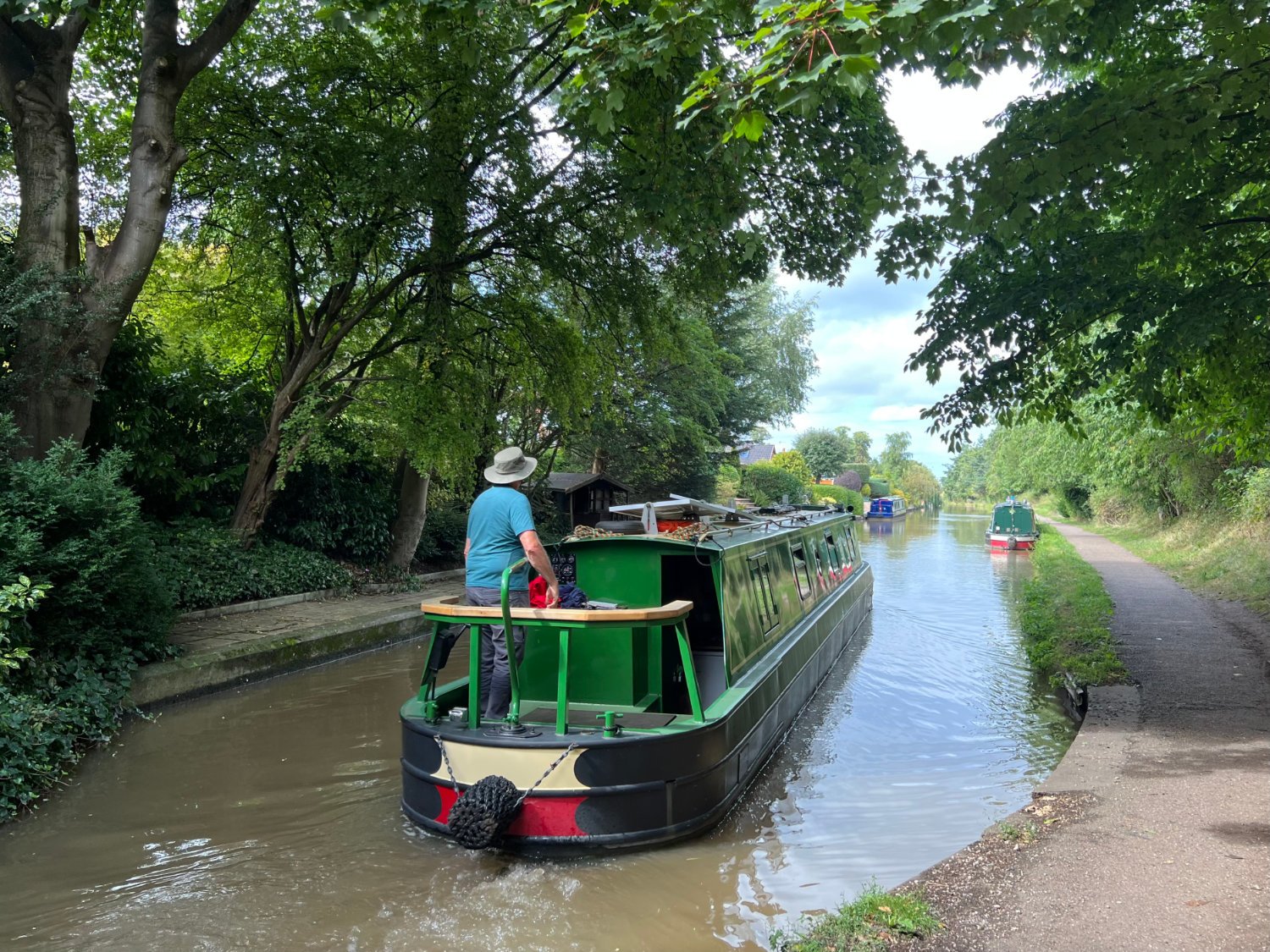
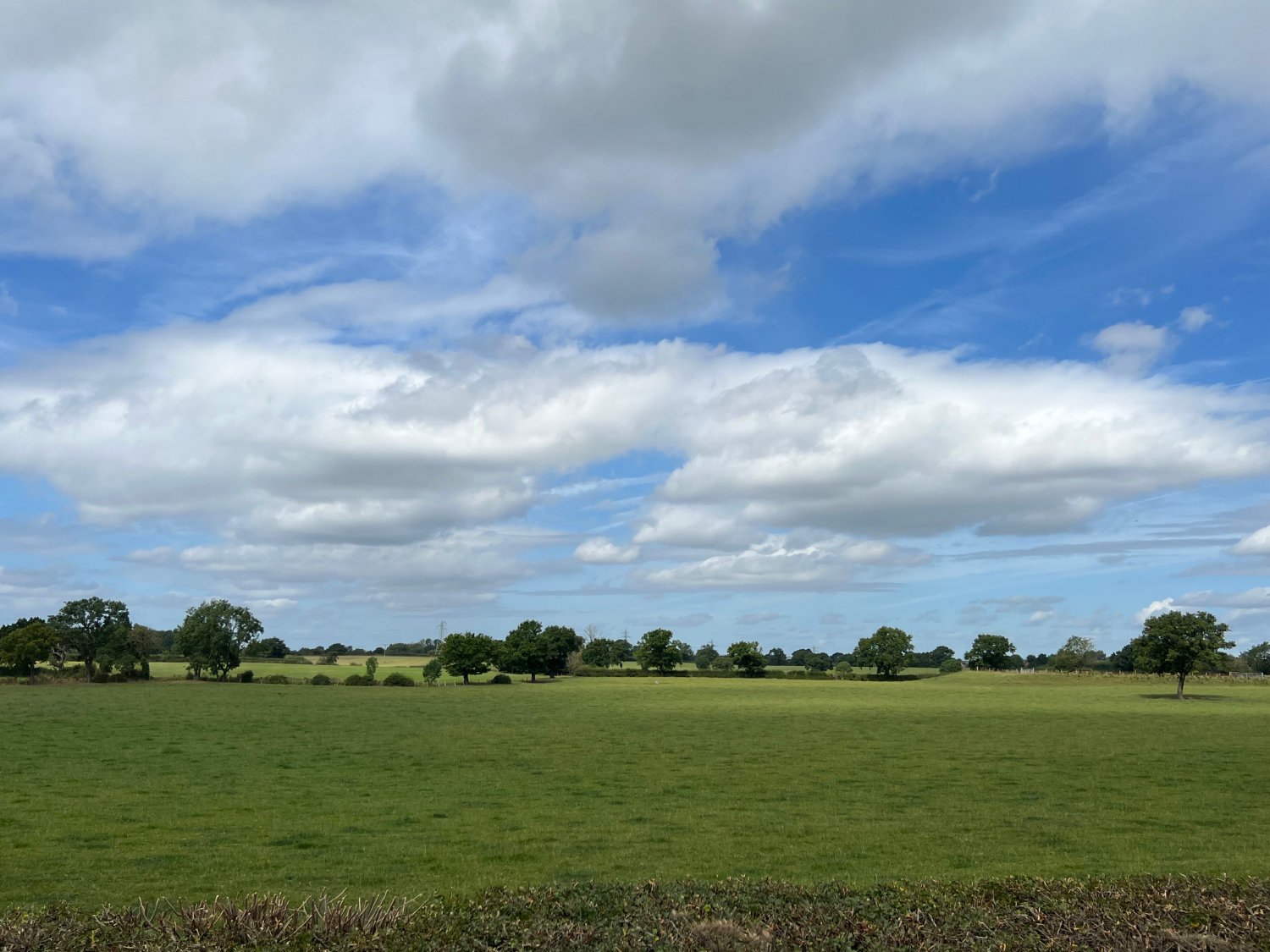
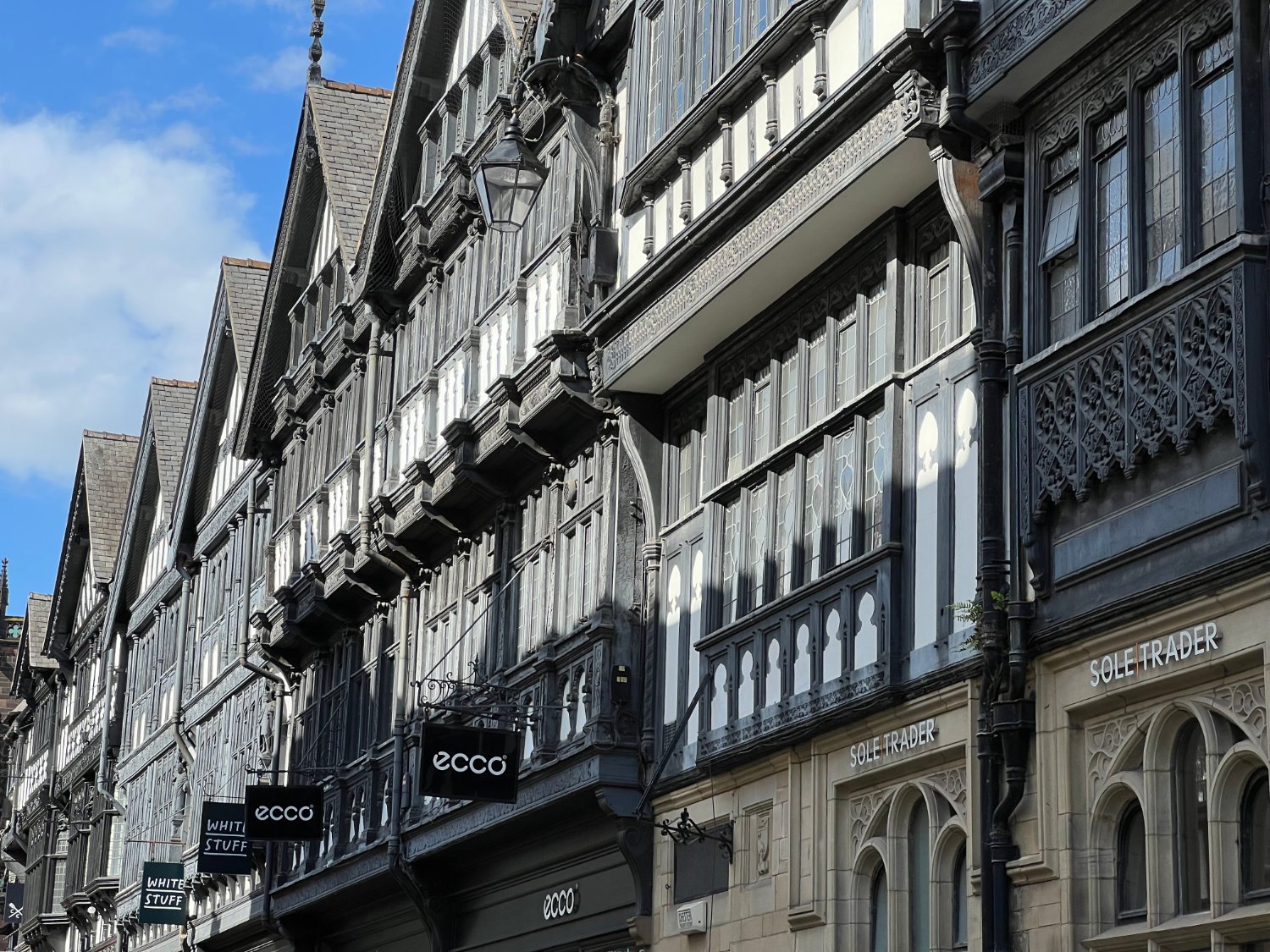
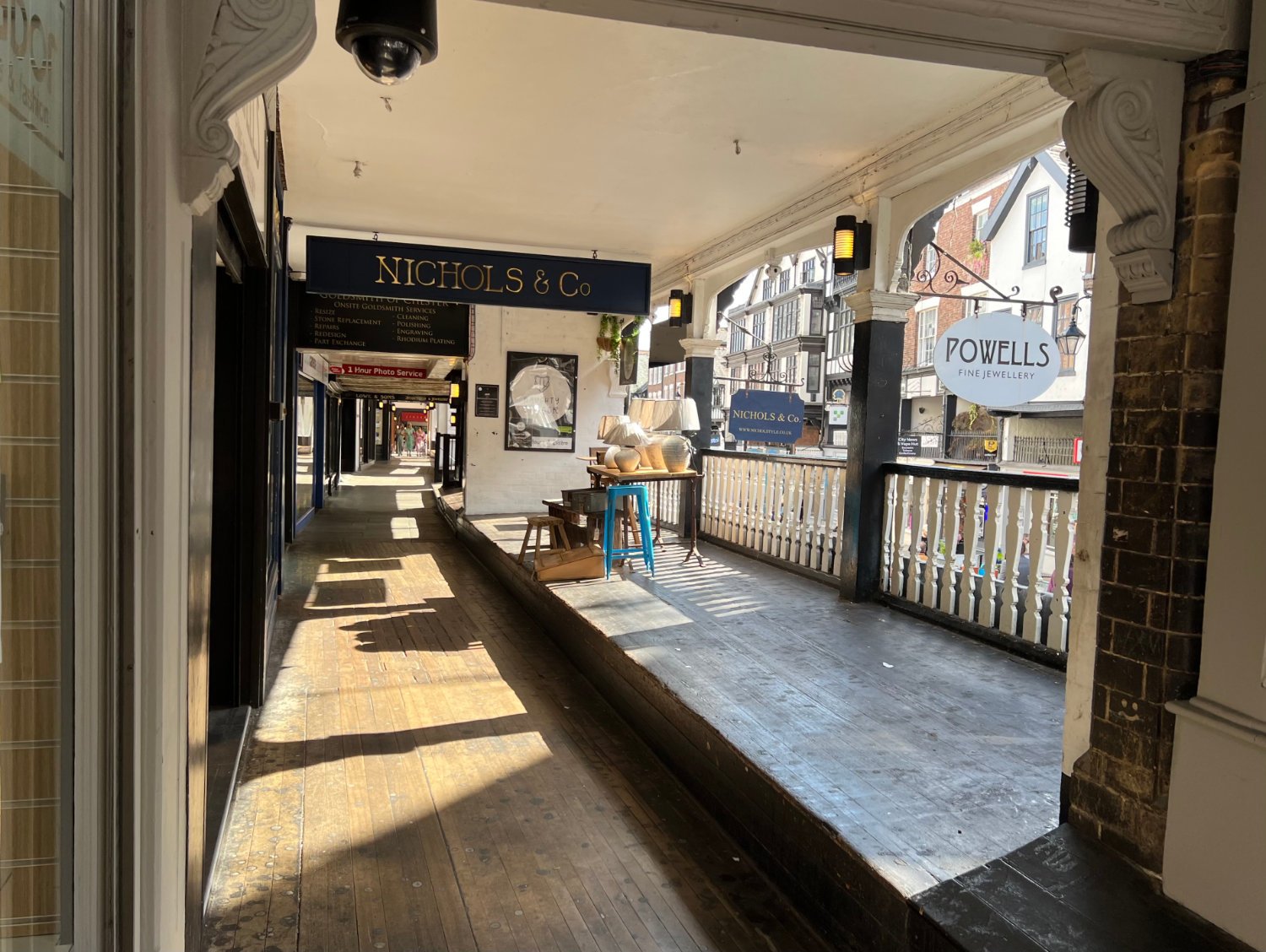
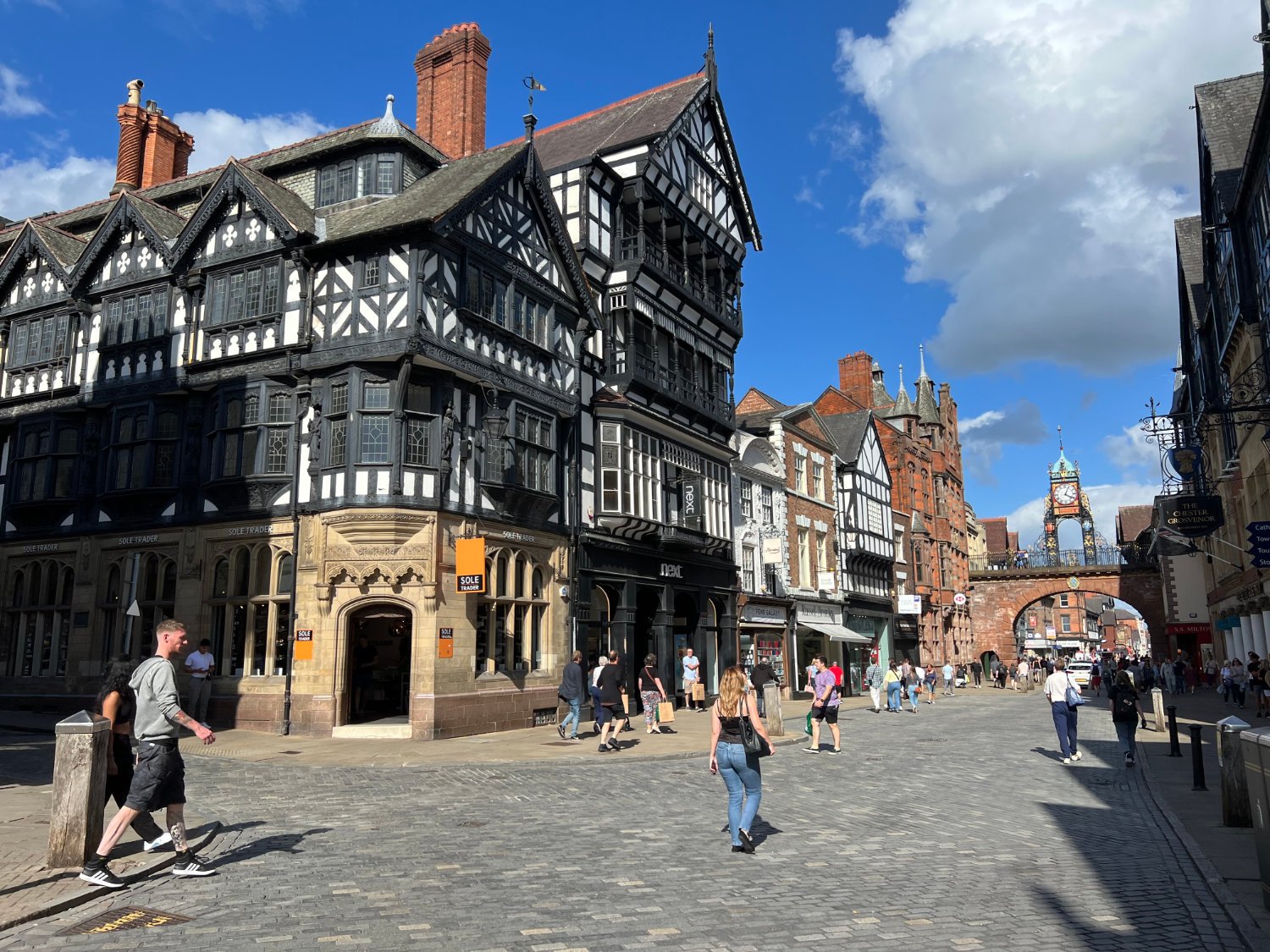
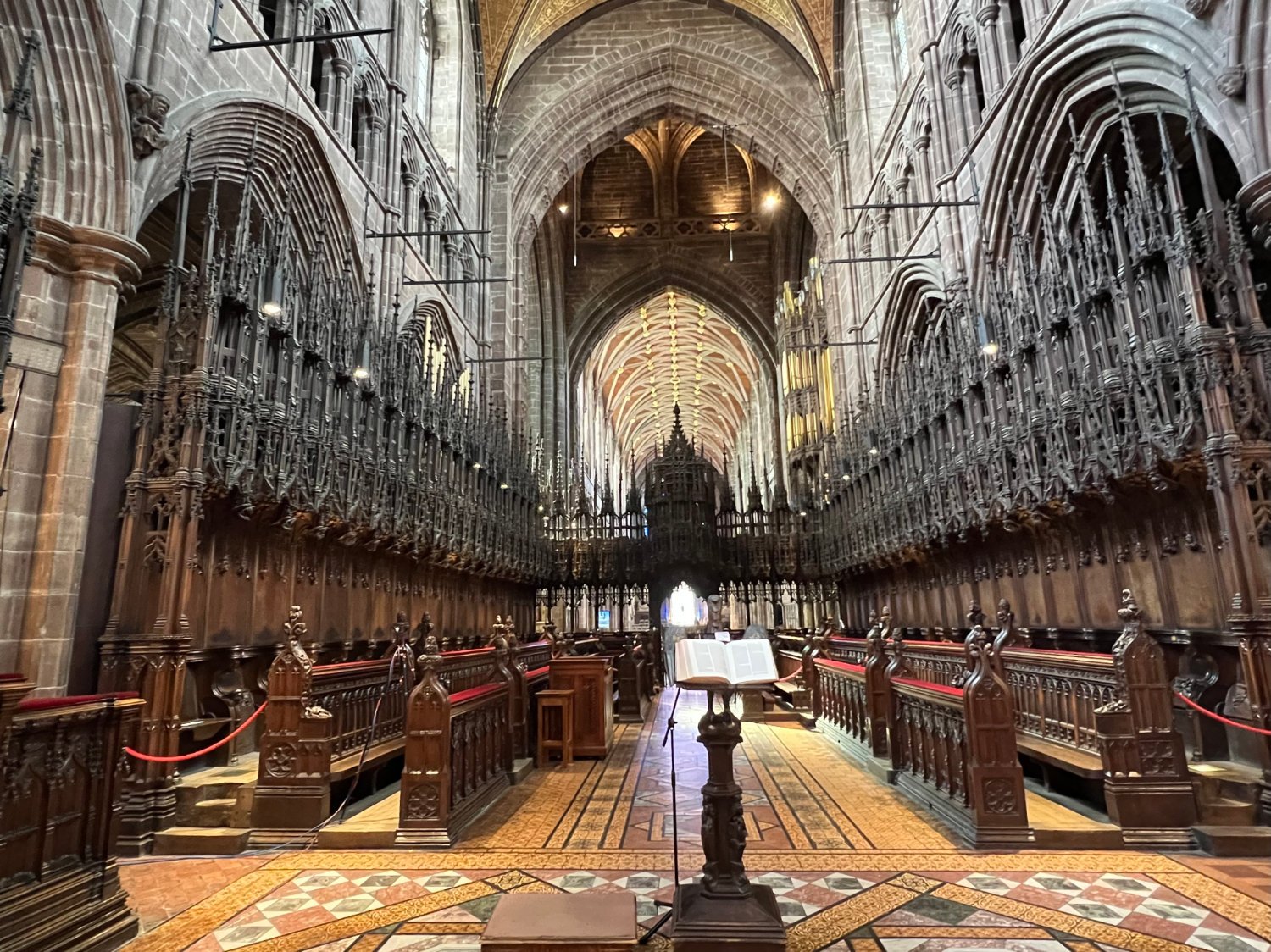
Ride practicalities
START/FINISH: Stoke-on-Trent/Chester DISTANCE: 106km TOTAL ASCENT: 675m TERRAIN AND SURFACES: quiet country lanes, cycle lanes, former railway tracks, canal towpaths. Surfaces throughout are good and suitable for a touring bike with a 28mm tyres. RECOMMENDED CAFÈS/PUBS/ACCOMMODATION: MAINLINE TRAIN SERVICES: Stoke-on-Trent, Middlewich, Northwich, Chester PLACES TO VISIT: Stoke; The Pottery Museums, Gladstone pottery, The World of Wedgewood, Northwich; The Weaver House Museum, The Lion Salt Works LINKS TO OTHER ROUTES: London to Holyhead
Ride Notes
There are for sure, prettier cities than Stoke-on-Trent, but few can boast its wealth of natural resources of coal, lead, clay and salt, which together provided the raw ingredients for 250 years worth of industry. The city bears its scars and monuments with a certain pride and, whilst it might not be 'postcard pretty’, it more than makes up for with its spectacular remnants of Grand Victorian architecture, some of which are in need of love and restoration. The route takes you past old bottle kilns and the many museums and showrooms. Two of the oustanding ones include, Gladstone pottery, where the BBC’s Great Pottery Showdown is filmed and The World of Wedgewood.
Josiah Wedgewood
As a city, Stoke-on-Trent is unique in that it is a federation of six towns and you ride through five of them; Burslem, Hanley, Longton, Stoke-upon-Trent and Tunstal. (Fenton is the sixth). It is hard to tell as you ride, which town you are leaving and entering, but the back roads and dedicated cycle tracks make it an easy city to ride through. Rejoining the Trent and Mersey canal, you ride through Kidsgrove and onwards and northwards into Cheshire.
Nip back 200 million years on your time-travelling bike and you’d be riding beside a sea which, in the heat of the time, was fast evaporating. You’d have to dodge the odd lurking dinosaur too. The sea evaporated leaving rich salt deposits, which were only discovered in 1844, when prospectors were searching for coal. Millions of tons are dug out of the ground each year for use on winter roads. Beneath your wheels are the galleries and ‘rooms’ of the mines, which stretch for over 140 miles underground. Many of the ‘rooms’, are than a football field. These are used to store some of the nation’s archives, since temperature is stable, there are no mice and there’s no damp.
Joining the two salt towns of Middlewich and Northwich, are various farm tracks, canal towpaths, quiet country roads and an ex-railway line, the Wheelock Rail Trail. Surfaces are reasonably good, the pedalling is easy and the hedgerows are full of berries or flowers depending on the season, and the green-grass fields on the other side might have cattle grazing in them. (One of the costs of cheap milk is that there are very few cows kept in fields - it’s more cost efficient to house them in huge industrial sheds).
A bottle kiln stoke on Trent (NCN 5)5
Northwich makes for a good half-way stop. There are two recommended stops; The Weaver House Museum (which tells the history of salt mining in the area) and The Lion Salt Works. Both have cafés.
Riding out of Northwich, there’s plenty of industry and noisy roads (although you’re riding on cycle paths rather than sharing the carriageway with vehicles). Between factories and industrial parks is scruffy countryside. Keep the camera in your pocket and ride. The way seems to by-pass Chester altogether as it heads towards the Mersey, but at Frodsham, it heads west on a track over the flat marsh-cum-farmlands of the estuary. There are industrial plants including glassworks and fertiliser factories, none of which are pretty in the conventional sense, but their smoking chimneys add a strangeness to this far-flung corner of Britain.
The path Shropshire Union Canal which links the inland salt works with the Mersey. From the towpath you enjoy the variety of people’s back gardens which border the canal, as well as fields growing grass and wheat seen over the hedge-tops. The towpath is narrow and you may need to stop to let others pass. Entering Chester, you ride through through Chester Zoo. Literally. To get closer to the aardvarks, snow leopards, congo buffalos, elephants, rhinos and the rest, you’ll need to pay, but from the cycle path you’ll probably spot vultures, meerkats, zebra to name three, before pedalling onwards through dull suburbs. At Northgate you pass through the old Roman Wall and enter the magnificently medieval streets of Chester.
Thorton-le-moors, on the NCN 5
Whilst resting on a park bench searching on my phone for a place to stay, I came across the following question; ‘Is Chester prettier than Venice?’ The response argued that with a 87.3% ‘beauty score based on the ‘golden ratio’, Chester has beaten other cities including Edinburgh, Prague, Venice and Rome to take top spot’. Certainly it’s Roman walls (the most extensive in the country), its cathedral and the medieval centre filled with black and white timber buildings, make the city an attractive, bustling, and visually lovely place. You’ll need to have a wander around the pedestriansed centre and judge for yourself as to whether the accolade of most beauteous city is well deserved.
Northgate, Chester on the NCN 5
Chester’s biggest draw are The Rows, which are unique to the city. Quite why tiers of walkways and shops connecting the black and white timber-framed buildings exist is a matter of debate. Perhaps they were built on the rubble of the old Roman fort of Deva, perhaps they are the result of owners building upwards to increase retail space and potential profit. Some say, they are were built as an extra security against Welsh raids. Either way, they date from the end of the 13th century and are one of the most special sites along the entire Route 5.
Every route on this website has been carefully researched as well as ridden. However situations on the ground can change quickly. If you know of changes to this route, or cafes, pubs and the like which you think other cyclists need to know about, feel free to share your thoughts below.
If you enjoyed this guide, why not subscribe to the website so as not to miss other inspirational routes?
wheremywheelsgo.uk is a Feedspot UK Cycling top website




